1948 AD The World Council of Churches is formed to facilitate cooperation among Protestant denominations
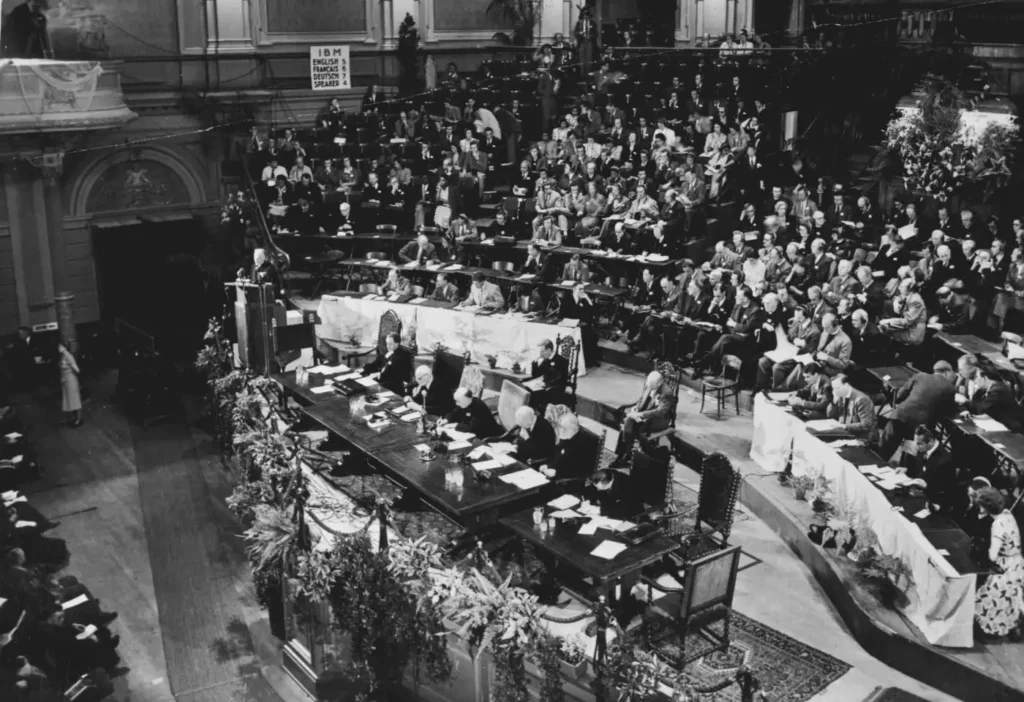
In the wake of the destruction of World War II, Christian leaders sought unity and cooperation to heal the divides of the past. Their efforts led to the groundbreaking inauguration of the World Council of Churches in 1948, bringing together Protestant denominations from around the globe for the first time. Early Efforts Towards Protestant Cooperation […]
1962-1965 AD Vatican II: The Church’s New Direction
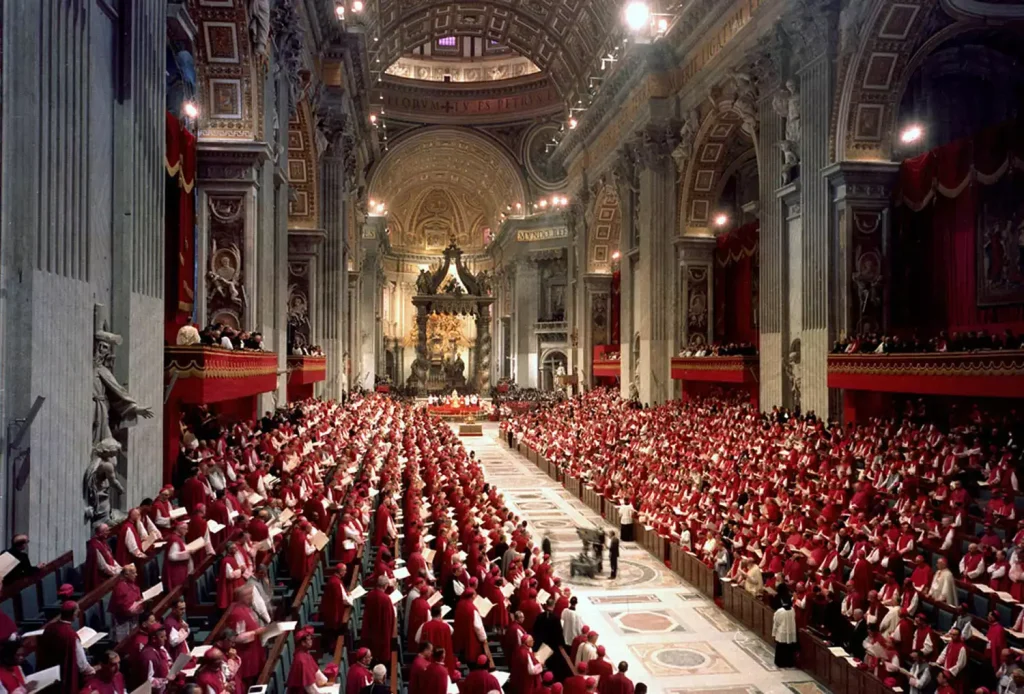
The period between 1962 and 1965 marked an epochal shift in the Catholic Church, a historic moment that redefined its core practices and interfaith dynamics. Vatican Council II, as this pivotal event is known, stands as a beacon of transformation, charting a course for the Church into modernity. This monumental gathering, convened by Pope John XXIII and continued under Pope Paul VI, broke new ground in the way the Catholic Church approached liturgy, ecumenism, and its role in the contemporary world. It was a period of intense deliberation, deep theological reflection, and significant decisions that continue to influence the Church’s path today. This article illuminates the profound changes initiated by the Council, exploring how these reforms reshaped the Catholic Church’s identity and its relations with diverse faith communities.
Church of Poland, Eastern Orthodox

A Historical and Cultural Beacon The Eastern Orthodox Church of Poland, while being a minority, plays a significant role in the religious and cultural landscape of Poland. This Church, rooted in centuries-old traditions, upholds the Eastern Orthodox Christian faith amidst a predominantly Roman Catholic population. It represents not only a religious institution but also a […]
Church of Greece, Eastern Orthodox
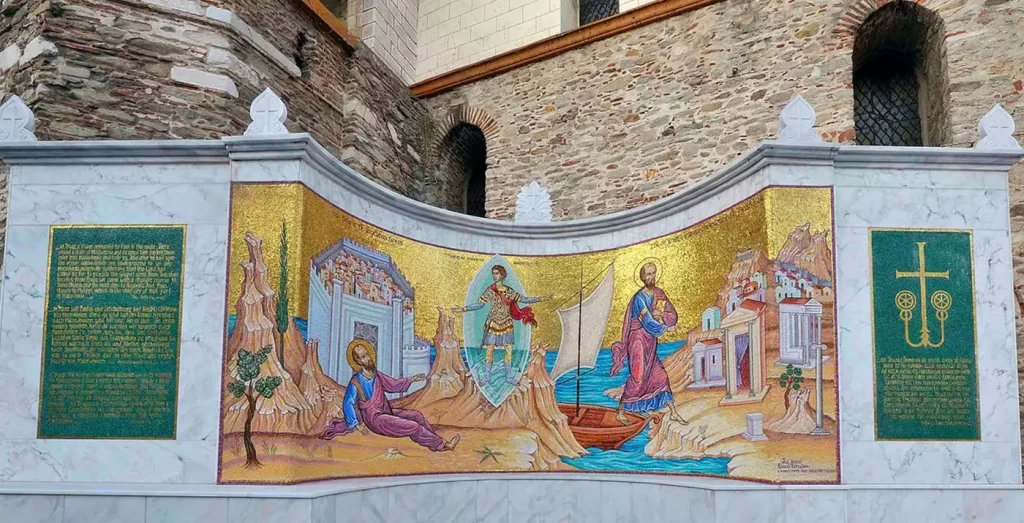
The Eastern Orthodox Church of Greece, established as an autonomous ecclesiastical entity in 1850, traces its roots back to the early Christian communities. As an integral part of the Ecumenical Patriarchate for centuries, its journey reflects a rich tapestry of theological, cultural, and political shifts. This church, embodying a profound historical and spiritual legacy, serves […]
Patriarchate of Antioch, Eastern Orthodox
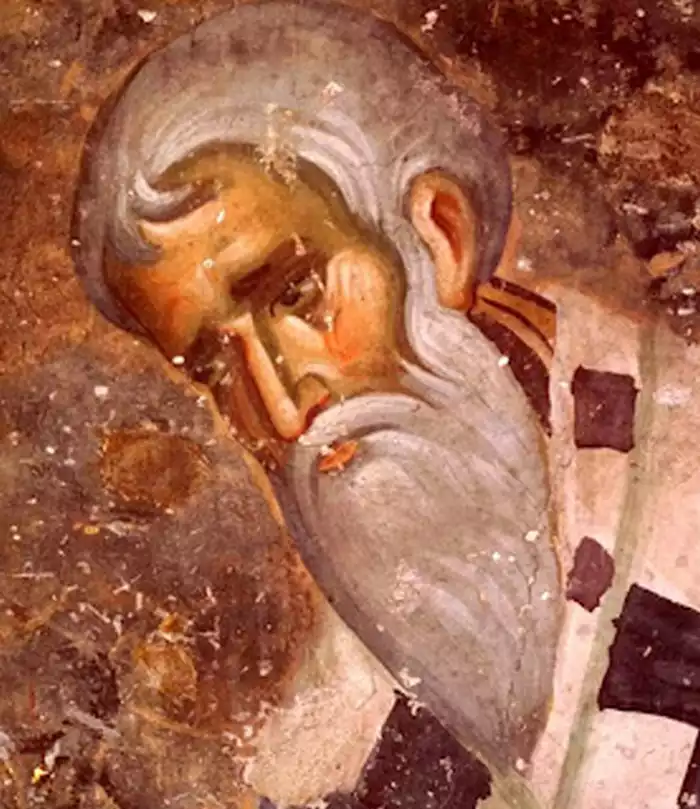
The Eastern Orthodox Patriarchate of Antioch, one of the ancient Pentarchy’s five sees, holds a pivotal position in the history and development of Eastern Orthodox Christianity. Established in the early Christian era, the Patriarchate has a rich and complex history, deeply interwoven with the cultural and religious evolution of the Near East. Origins and Early […]
Eastern Rite Catholic Church
The Eastern Rite Catholic Church, a vital branch of Catholicism, preserves the liturgical, legal, and spiritual traditions of Eastern Christian Churches. This Church, in full communion with the Roman Catholic Church, upholds a distinctive amalgamation of Eastern and Western Christian practices. Liturgical Traditions and Spiritual Practices In the Eastern Rite Catholic Church, liturgical traditions are […]
Inter-Christian Dialogue

Inter-Christian dialogue, a pivotal aspect of ecumenical efforts, facilitates mutual understanding and cooperation among different Christian denominations. Rooted in the Christian tradition, this dialogue aims to bridge doctrinal differences, fostering unity without compromising individual beliefs. Historical Context Inter-Christian dialogue has evolved significantly over centuries. Initially, dialogues were informal, often occurring in response to theological disputes […]
Maronite Church | Historical and Theological Insights
The Maronite Church, an Eastern Catholic Church in full communion with the Holy See, uniquely embodies a blend of Western and Eastern Christian traditions. It traces its roots to St. Maron, a 4th-century Syrian hermit whose followers, the Maronites, played a pivotal role in shaping its identity. This church, established in the rugged mountains of […]
Ukrainian Greek Catholic Church

The Ukrainian Greek Catholic Church (UGCC) stands as a vibrant testament to the rich tapestry of Eastern Christianity. Rooted in Byzantine tradition, this Eastern Catholic Church uniquely embodies a blend of Orthodox and Catholic elements, a historical amalgamation that spans centuries. Historically, the UGCC originated from the Union of Brest in 1596, a pivotal moment […]
Eastern Catholic Churches | Comprehensive Overview

The Eastern Catholic Churches, also known as the Eastern-Rite Catholic Churches or Oriental Catholic Churches, represent a unique and integral component of the Catholic Church. These 23 Eastern Christian autonomous (sui iuris) particular churches maintain full communion with the Pope in Rome, despite their distinct theological, liturgical, and historical characteristics that set them apart from […]
Armenian Catholic Church | Comprehensive Overview

The Armenian Catholic Church, rooted in a rich tapestry of historical and theological distinctiveness, represents a unique facet of the universal Christian faith. Emergent from the ancient Armenian Apostolic Church, this Eastern Catholic Church harmoniously blends the antiquity of Eastern Christian traditions with the universal communion of the Roman Catholic Church. Tracing its etymological and […]
Assyrian Church of the East | A Comprehensive Overview
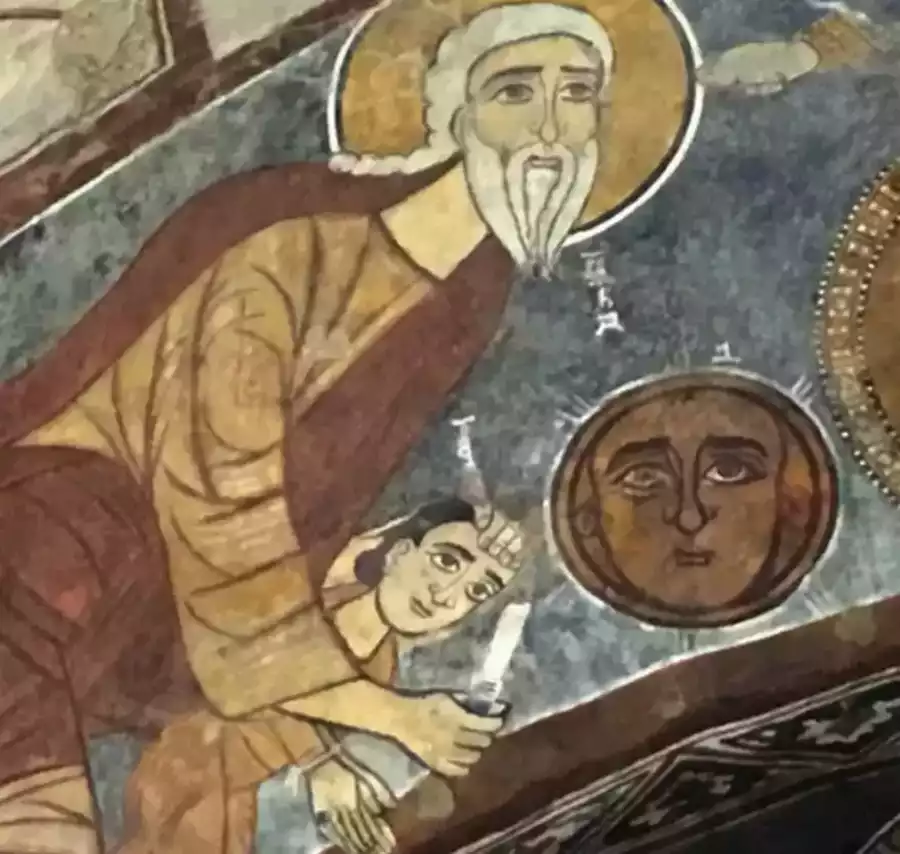
The Assyrian Church of the East, often synonymous with historical and theological richness, stands as a distinctive Christian denomination. With roots deeply entrenched in the early Christian communities of the Near East, it embodies a blend of ancient traditions and theological interpretations unique to its followers. Notably, its establishment and evolution have been pivotal in […]
Conference of European Churches | An Overview

The Conference of European Churches (CEC), established in 1959, is an influential ecumenical fellowship of Christian churches in Europe. Its primary aim is to promote unity and cooperation among diverse Christian denominations. The CEC serves as a vital platform for dialogue, advocacy, and joint action in theological, social, and political matters affecting the continent. The […]
World Council of Churches | Overview and Significance
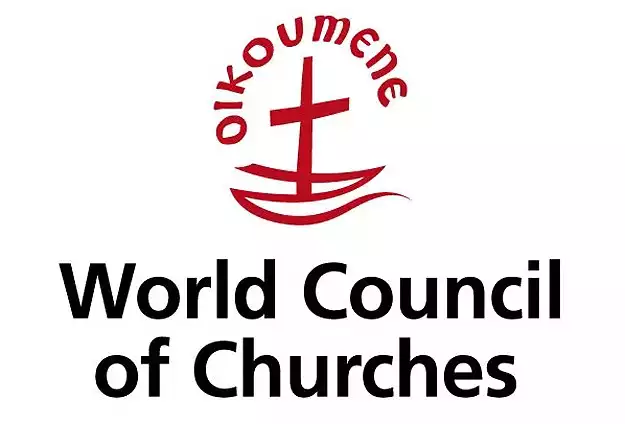
The World Council of Churches (WCC) represents a pivotal ecumenical movement within the Christian world, aiming to foster unity and cooperation among various Christian denominations. Originating in the 20th century, the WCC has become synonymous with efforts to bridge doctrinal divides, promote mutual understanding, and engage in social justice initiatives globally. Etymologically, the term ‘ecumenical’ […]
Ecumenical Movement in Churches | Comprehensive Overview

The ecumenical movement, a pivotal development in modern Christianity, traces its roots to the early 20th century. It represents a collective effort among various Christian denominations to seek unity and cooperation, transcending doctrinal differences. This movement, while respecting the unique characteristics of each tradition, strives for a visible and functional unity. Pioneering figures like Nathan […]
Roman Catholic Church | Origins, Evolution, and Traditions
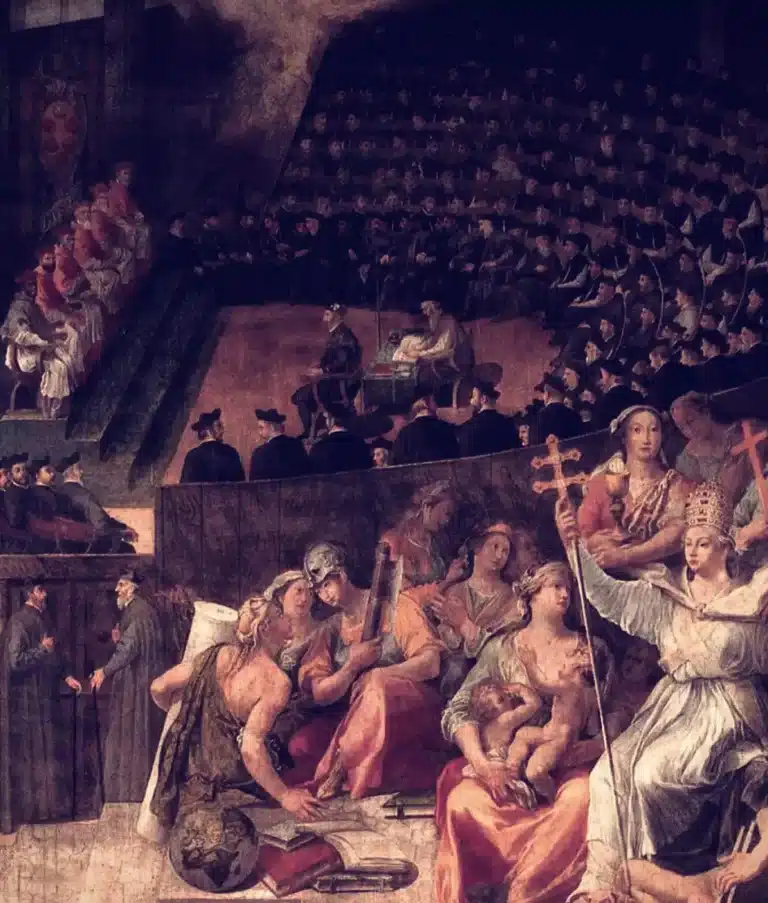
Tracing origins to apostle Peter and first-century AD, the eminent Roman Catholic Church signifies an institution of unrivaled historical import within Christendom. Arising in the Roman Empire’s shadow, its evolution intertwines with pivotal historical events, forging a distinctive identity. This Church displays an extraordinary journey witnessing and shaping history’s trajectory, spanning medieval Europe’s ascent through […]
Patriarchates: Definition and Historical Overview
A patriarchate, derived from the Greek words ‘patria’ (lineage or clan) and ‘archein’ (to rule), historically signifies a religious jurisdiction led by a patriarch. Originally, this term was confined to Christianity, particularly within the Eastern Orthodox, Oriental Orthodox, and certain Eastern Catholic Churches. In the early church, a patriarch was a respected bishop who exercised […]
Anglicanism | Bridging Catholicism and Protestantism

Anglicanism, a distinctive branch of Christianity, is rooted in the Church of England’s rich historical and theological traditions. Originating during the Reformation, it combines elements of both Protestantism and Catholicism, creating a unique religious identity. This blend is evident in its liturgy, governance, and doctrine, contributing to its global presence and appeal. Embracing both traditional […]
Christianity | An Exploration of Its History, Establishment, and Diverse Churches
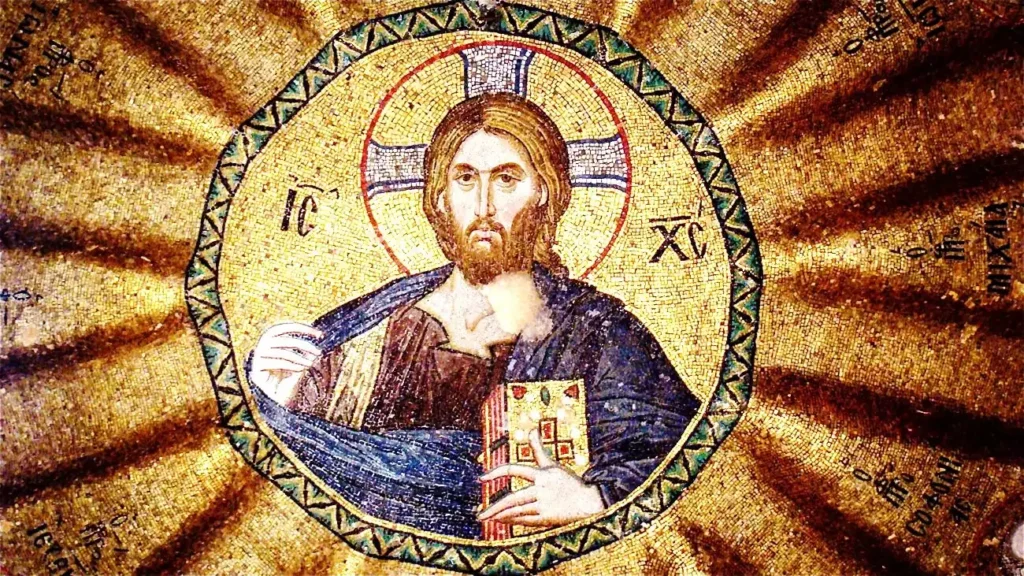
The Genesis of Christianity – A Historical Overview Christianity, a monotheistic religion centered on the life and teachings of Jesus Christ, emerged in the first century AD within the context of Jewish tradition. The etymology of the term ‘Christianity’ stems from the Greek ‘Christianos’, meaning ‘follower of Christ’, a title first used in Antioch (Acts […]
